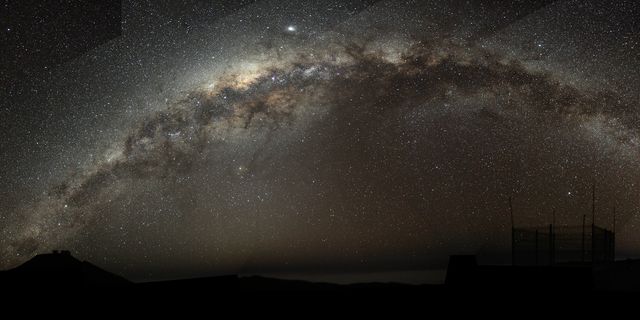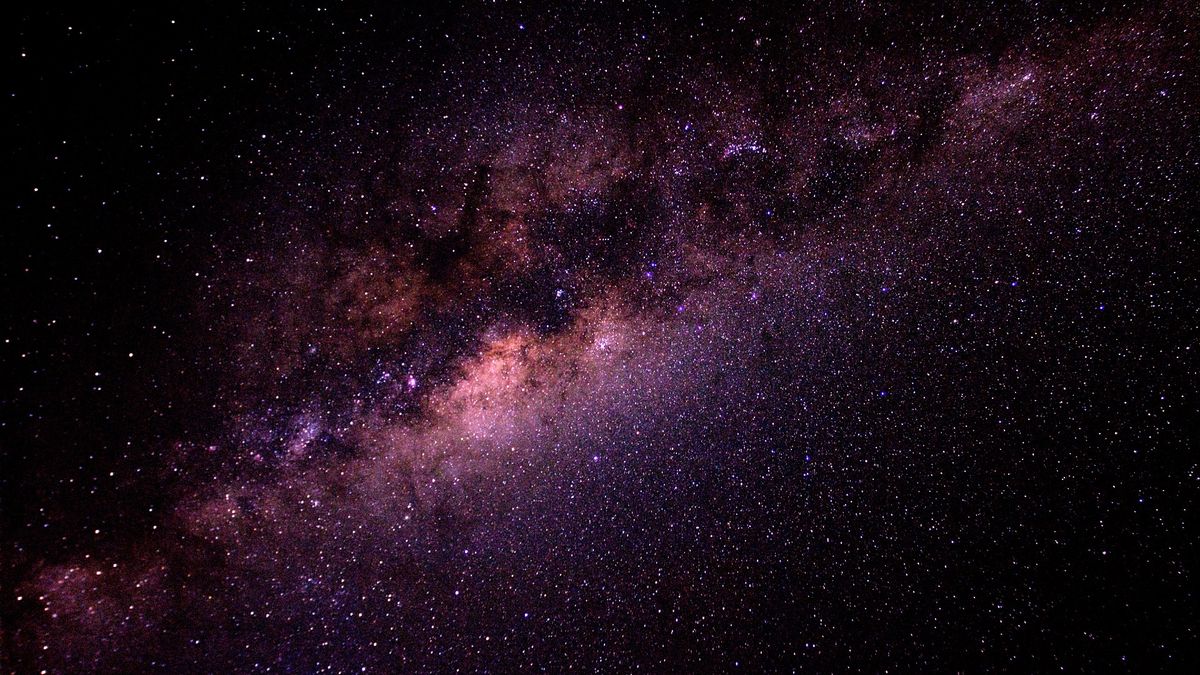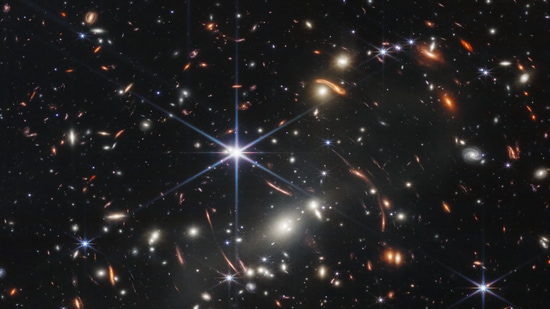The farthest one is nearly halfway to the Andromeda Galaxy
You presumably visualize the Milky Way’s bulge at its center or the spiral arms of its disk, where our solar system is located.
But all of that is surrounded by a strange zone known as the stellar halo, which is a large area sparsely populated with the galaxy’s oldest stars and most of its dark matter. More than 200 of the Milky Way’s most distant stars have recently been found by astronomers investigating the stellar halo; the most distant is more than a million light-years away, or over half the distance to our neighboring galaxy Andromeda.
To find these stars, the researchers analyzed data from a project called the Next Generation Virgo Cluster Survey (NGVS), which used the Canada-France-Hawaii Telescope (CFHT) on Hawaii’s Mauna Kea to study galaxies in the Virgo Cluster, including M87.

The researchers were able to identify 208 such objects from the data, despite the fact that the study wasn’t particularly intended to look for stars in the Milky Way’s stellar halo, also known as RR Lyrae stars.
The data we used are sort of a by-product of that survey, according to Yuting Feng, a UC Santa Cruz PhD student who led the work. “To gain a thorough exposure of M87 and the galaxies around it, the telescope also captured the foreground stars in the same area,” Yuting Feng said in a release.

The pulsating brightness of the RR Lyrae stars, which can be seen from Earth, makes them easy to identify.
“The way their brightness varies looks like an EKG — they’re like the heartbeats of the galaxy — so the brightness goes up quickly and comes down slowly, and the cycle repeats perfectly with this very characteristic shape,” Raja GuhaThakurta, an astronomer at UC Santa Cruz, said in the statement. “In addition, if you measure their average brightness, it is the same from star to star. This combination is fantastic for studying the structure of the galaxy.”
By measuring the brightness of the stars, the team has been able to confirm the theoretical estimates of galactic distances and will continue to use the data to refine galactic models.

“This robust sample of distant RR Lyrae stars gives us a very powerful tool for studying the halo and testing our current models of the size and mass of our galaxy,” Feng said.
The team is presenting its research at the American Astronomical Society meeting in Seattle on January 9 and 11.
Follow Stefanie Waldek on Twitter @StefanieWaldek. Follow us on Twitter @Spacedotcom and on Facebook.
Join our Space Forums to keep talking space on the latest missions, night sky and more! And if you have a news tip, correction or comment, let us know at: community@space.com.








